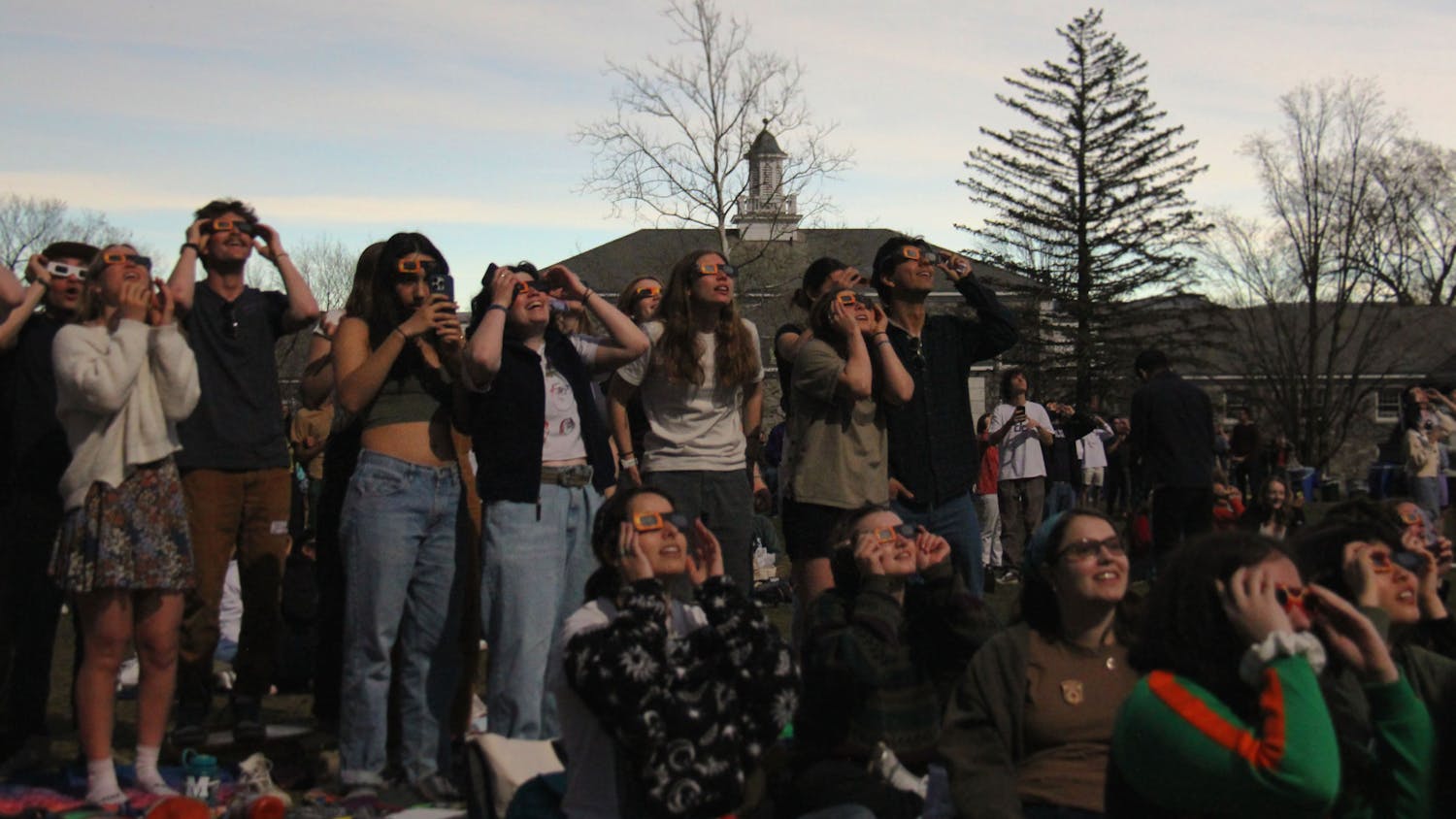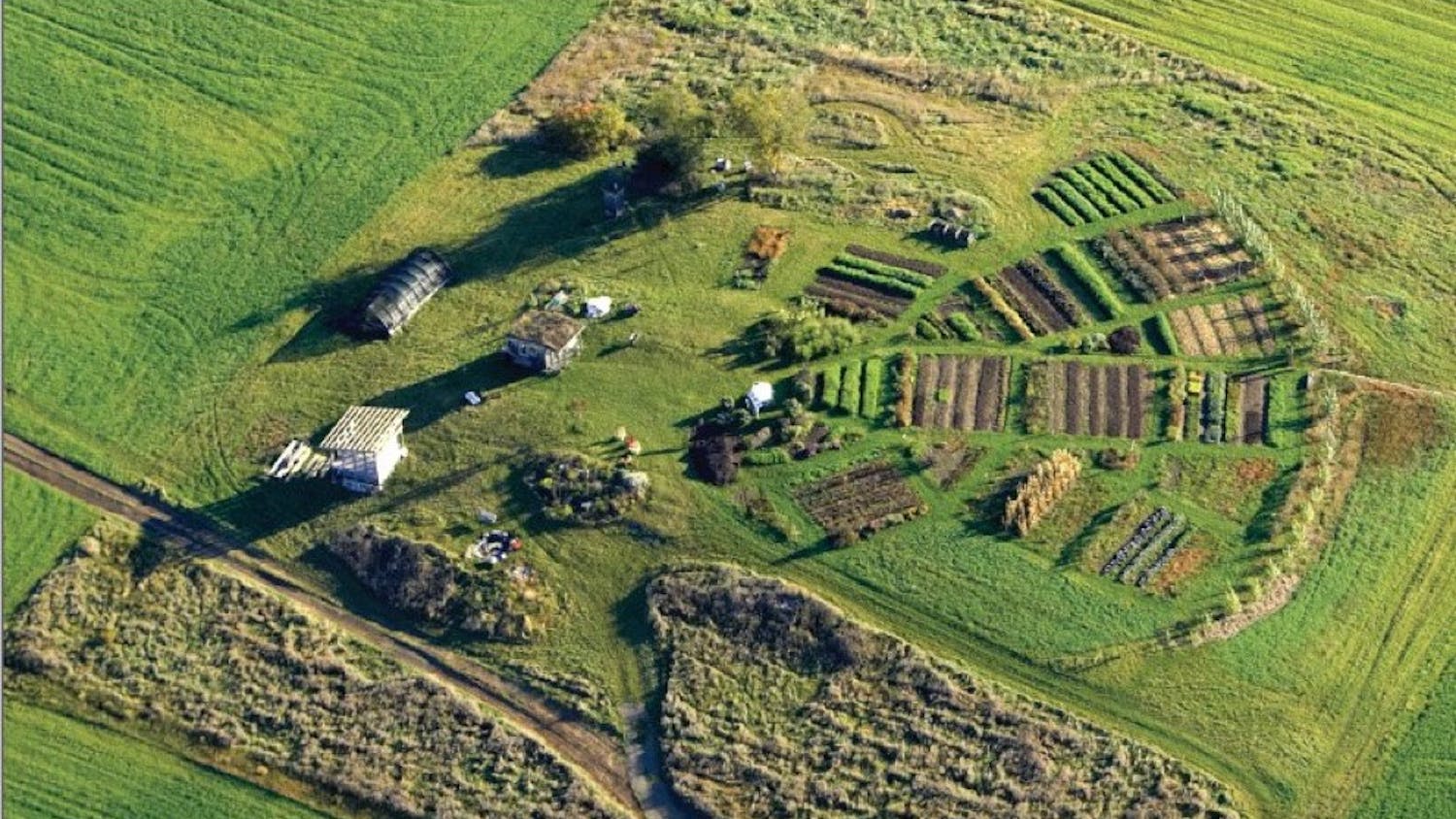The History of Art and Architecture (HARC) department announced several new changes to its major requirements and course offerings last week in an effort to better utilize the College’s resources and to increase accessibility to the department for all students. In addition to making changes to the major requirements, the department announced the introduction of a museum studies track to HARC major to serve students’ interest in museum and gallery work. The changes were driven by demonstrated student interest along with recommendations from the department’s faculty, and were directed by Christian A. Johnson Professor and Chair of the Department of the History of Art and Architecture Cynthia Packert.
While explaining the purpose of the recent changes, Packert pointed to the popularity of summer and winter term internships and the potential professional benefits of offering the museum studies track.
“We are unlike most undergraduate art history programs in offering this [new museum studies option] because it is an introduction to hands-on, experiential learning in the major,” said Packert. “A lot of our collection here is based upon student input. Students help curate, help figure out what to put on the walls, what to write on the labels, and what to purchase.”
The museum studies program emphasizes learning within a museum environment, allowing students to get hands-on experience with different collections of art. Pieter Broucke, director of the arts and professor of art and architecture, also pointed out the benefits of the College’s teaching museum, which provides an opportunity for students to acquire experience they can carry into internships and careers.
“The museum studies academic option has grown over time as a result of student interest, and the popularity of the Museum Assistants program,” said Brouke. “And [there are] an increasing number of courses that use the museum, especially the recent addition of the large introductory course in museum studies that the museum director, [museum director Dr. Richard] Saunders, is now teaching.”
“[The new introductory course] is structured so that students receive an abundance of intellectual challenges, as well as some hands-on experience,” said Saunders. “It is a good example of a curriculum in which theory meets practice.”
The Museum Assistants program as a long-standing co-curricular activity has allowed students to develop skills and knowledge of key aspects of working within a museum setting by interacting with the collections and Curator at the College’s museum. The Museum Studies track essentially formalizes this program and incorporates it into the academic curriculum, making it more visible to students.
Broucke expressed hopes that the inclusion of museum studies courses with the art history minor will make the museum more relevant to a broader range of students.
“The new major track in museum studies is for majors in the department of history of art and architecture; but there is also a minor in museum studies that we think will allow majors outside of art history, for instance in studio art, classics, sociology/anthropology, American studies and many other fields, to get formally acquainted with museum work,” said Brouke.
The addition of the museum studies track compliments other structural changes to the HARC department course requirements. Previously, senior HARC majors would take their senior thesis seminar alongside the “Methods and Theories course,” which was also a required winter term course. With the changes, the two courses will be separated and there is no required winter term course, so that seniors may be able schedule another required class during this time or take on an internship in their final winter term.
“Some of our new requirements will give credit to approved internships so that students who go off and do internships will be able to build that into their major, which is an opportunity for students to mix on-the-ground and academic learning,” Packert explained.
Sam Tolzman ’14, who interned at the museum last summer, spoke highly of his internship experience.
“The internship was very rewarding because it gave me a great deal of responsibility,” said Tolzman. “I was designing and installing exhibitions myself, writing wall text for exhibitions, gathering material from all staff members for the MCMA’s annual report and doing research on pieces up for auction.”
With the new changes to the HARC major, students will be able to count internship experiences like Tolzman’s towards their major requirements.
“I myself am hoping to go into museum work one day, and as a literary studies major, I really wish this program had existed earlier so I could take advantage of it,” Tolzman added.
HARC Adds Museum Studies Track
Comments



